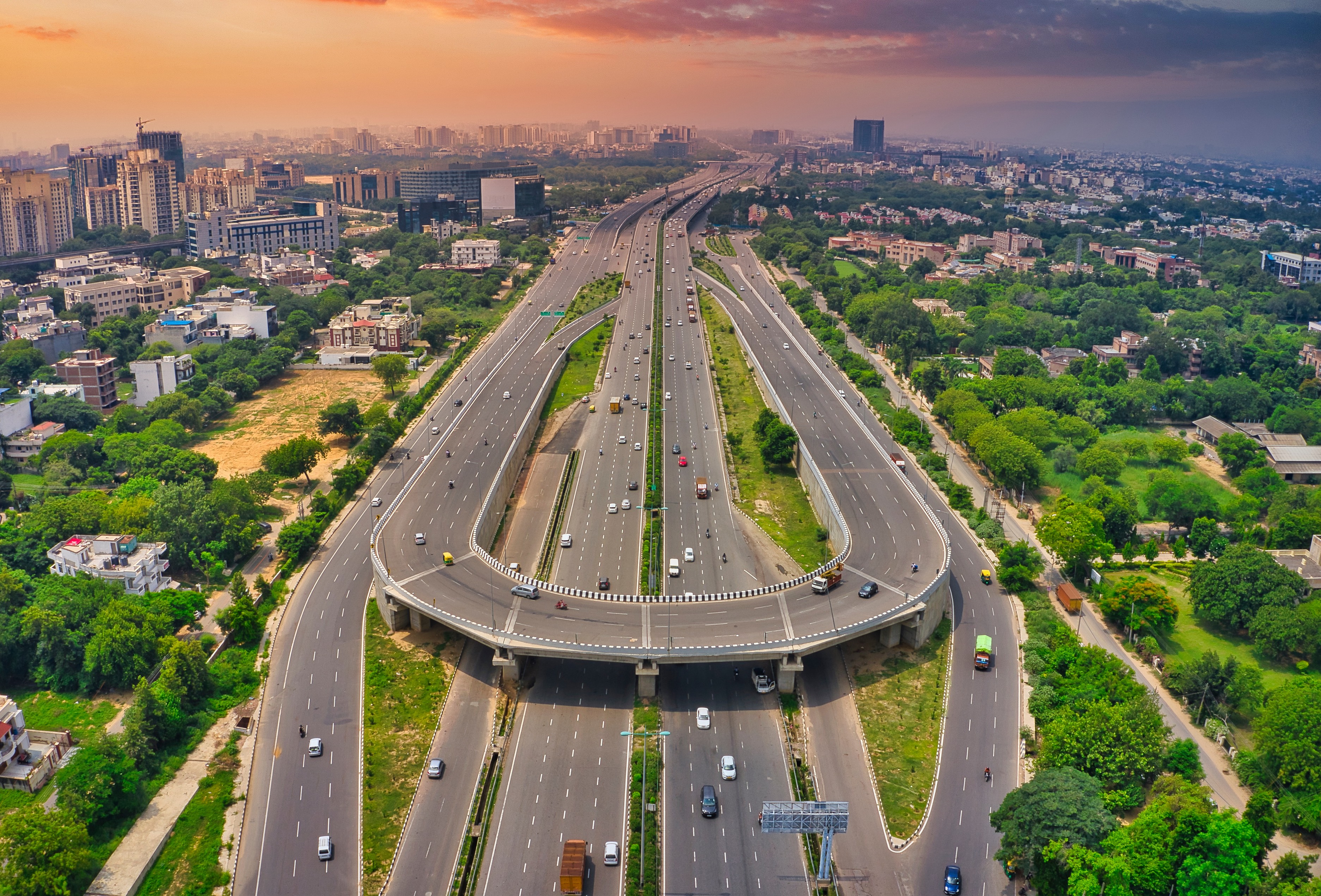A Highway to Prosperity…Indian Infrastructure hasn’t gone away…its stronger than ever
Macroeconomic policy is all about joining the dots: matching suppliers with consumers, employers with workers, and resources to need. And that, in a nutshell, was what the United Kingdom Government was hoping to do with its HS2, High Speed Rail Programme: manufacturers in Manchester could speed south to customers in London, workers would be able to commute effortlessly from Leeds to Euston (COVID restrictions permitting), and it would all end up in what Boris Johnson likes to call a “general levelling up”: children will dance for joy in the street, there’ll be free beer on the village green, and England will win the World Cup…Except that’s not exactly the way it’s happening.
We now hear the eastern leg of HS2 (to Leeds) will probably be scrapped, saving £40 Billion in the process, and leading one “Whitehall source”, if not to jig in the street (they don’t do that sort of thing), to sniff with iron certainty that “there’s no way we’re going to see this built in our lifetime”. Perhaps not…the children will have to stow their maypoles away, and the football team will have to wait. But at least the Exchequer saves £40 Billion, which, as it happens, is barely twice as much as the cost of the Hinkley Point C Nuclear Project, and scarcely double what the British public spent on cigarettes last year. Which would you rather have?
It’s not like that in India…
A Highway to Prosperity
The subcontinent plans to spend an eye-watering $1.4 Trillion on infrastructure as part of an ongoing five-year programme, which will run to 2023 (thirty five times as much as the soon to be junked HS2 Leeds link): primarily because it recognises that public infrastructure is the irresistible keystone to sustainable growth…it’s all about joining the dots…
That’s not a resolve that has been loosened or diluted in any way by the ravages of COVID: indeed, construction and infrastructure were the first of India’s sectors to be re-opened as lockdown restrictions eased earlier this year, both being given an added impetus by clean energy and green initiatives introduced by Prime Minister Modi’s Government, as well as cutting edge technology and “smart city” programmes. It’s something the world is watching, as is evident from recent levels of Foreign Direct Investment on the subcontinent.
Foreign Direct Investment
Between April and September of last year, foreign corporations and investors piled $43 Billion into Indian construction projects, which means India has finally shaken off its insular status, to become a nation free to invest in overseas projects of its own: including hydroelectric plants, dams and schools in neighbouring countries. Within a year it will be the world’s third largest construction market.
A further $32 Billion will also be invested in domestic transport infrastructure over the coming year (as announced in March by the National Bank for Financing Infrastructure and Development: prsindia.org): there will be major new rail networks, adding to what is already one of the biggest railway systems in the world, and new roads and highways too. And in a concerted effort to optimise freight and passenger movements the Indian Government has also launched the Bharatmala Pariyojna initiative (www.drishtiias.com): a new umbrella programme for the highways sector.
Perhaps it would be quicker in future to commute from Leeds to Bangalore?
Executive Overview
Infrastructure is a key driver for growth in any economy, and India is a perfect storm of opportunity at the moment. Despite the challenges of COVID the subcontinent is forging forward.



